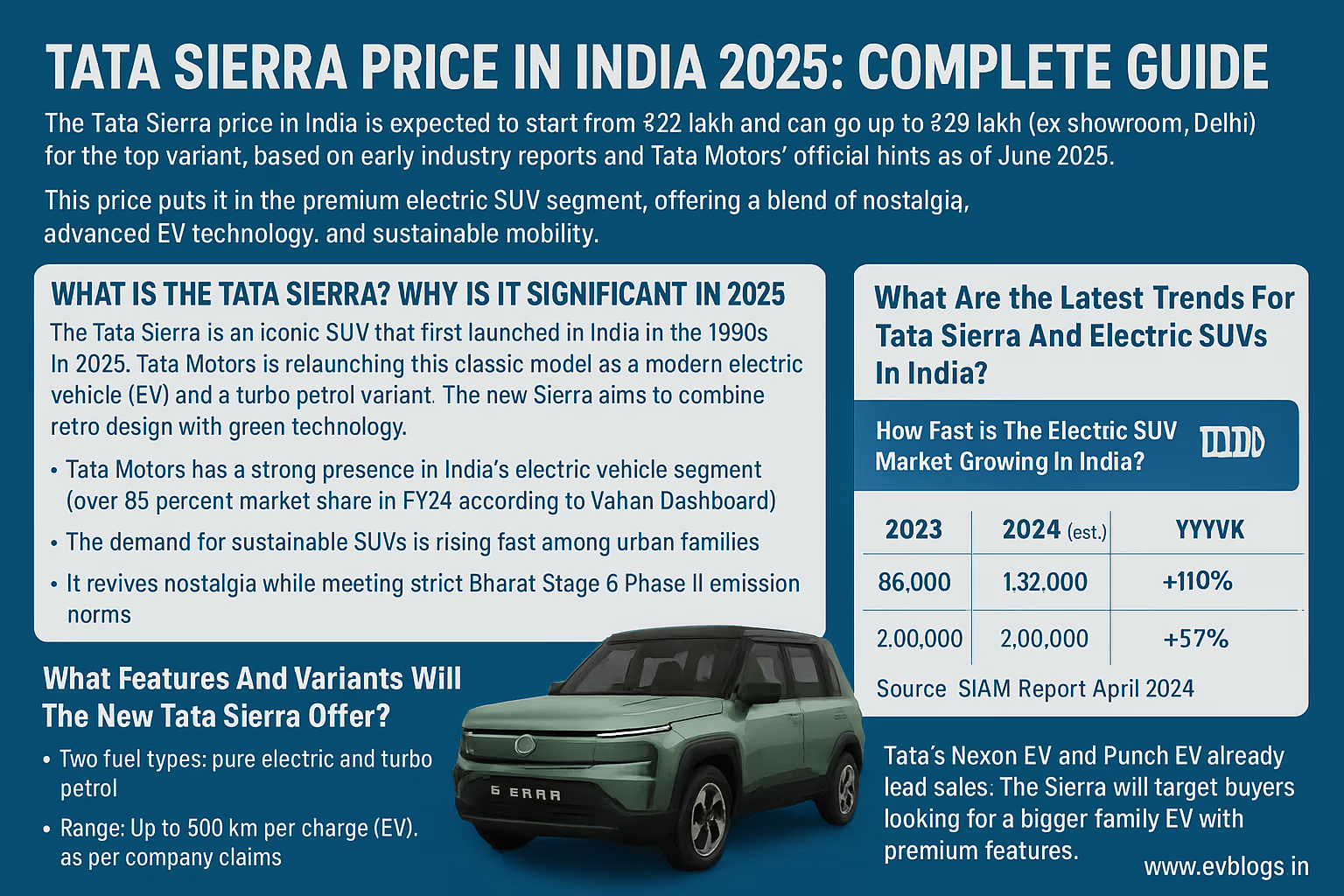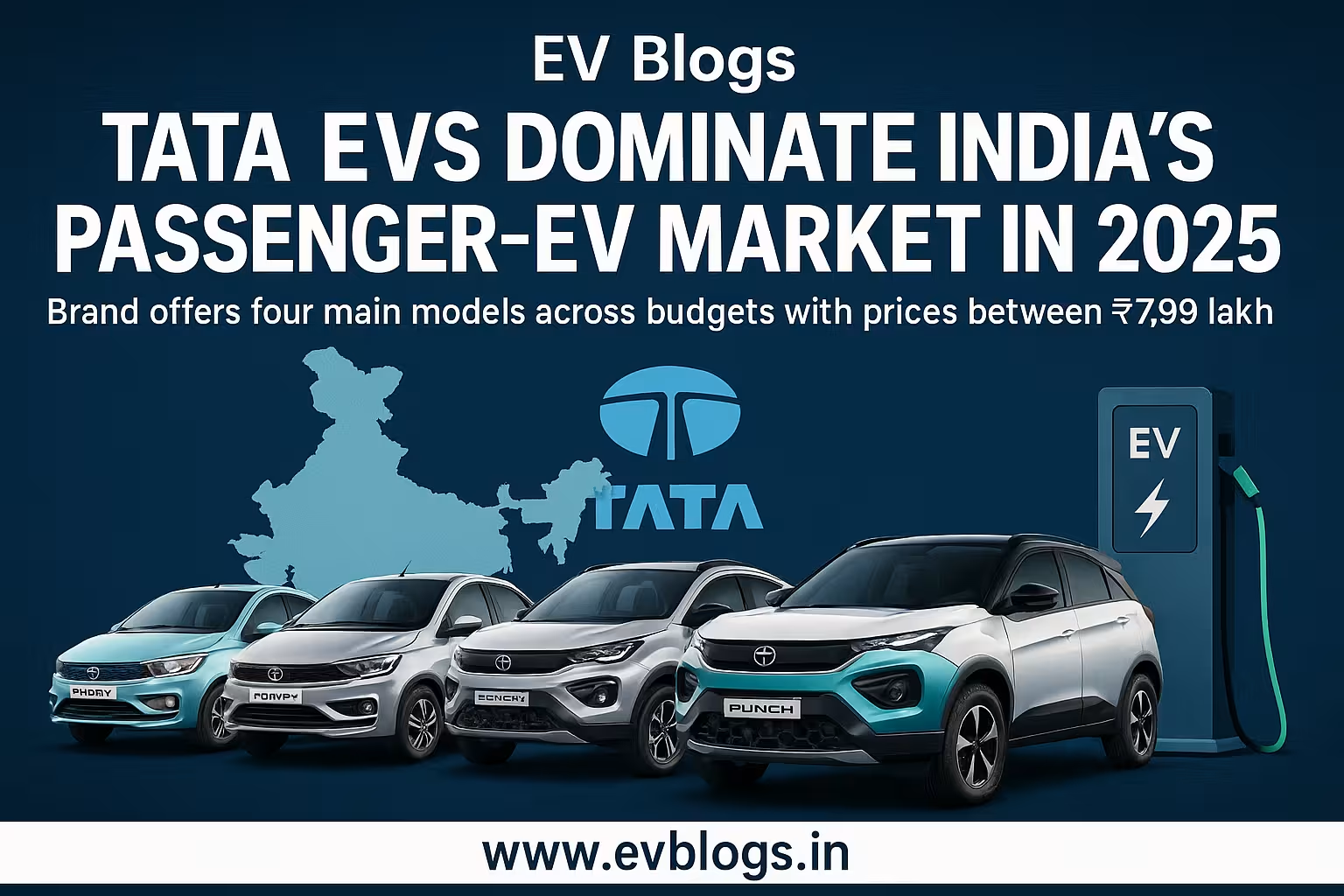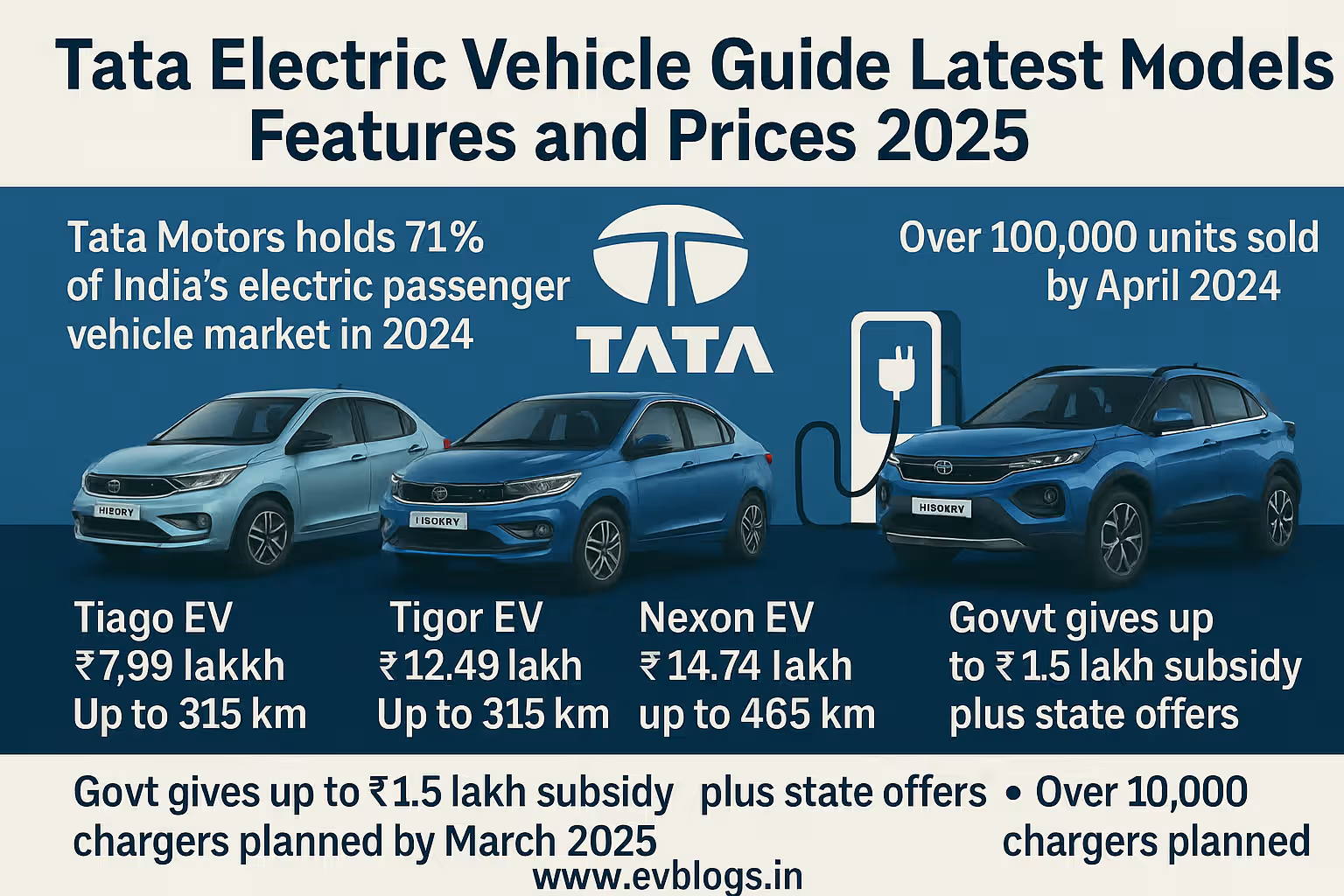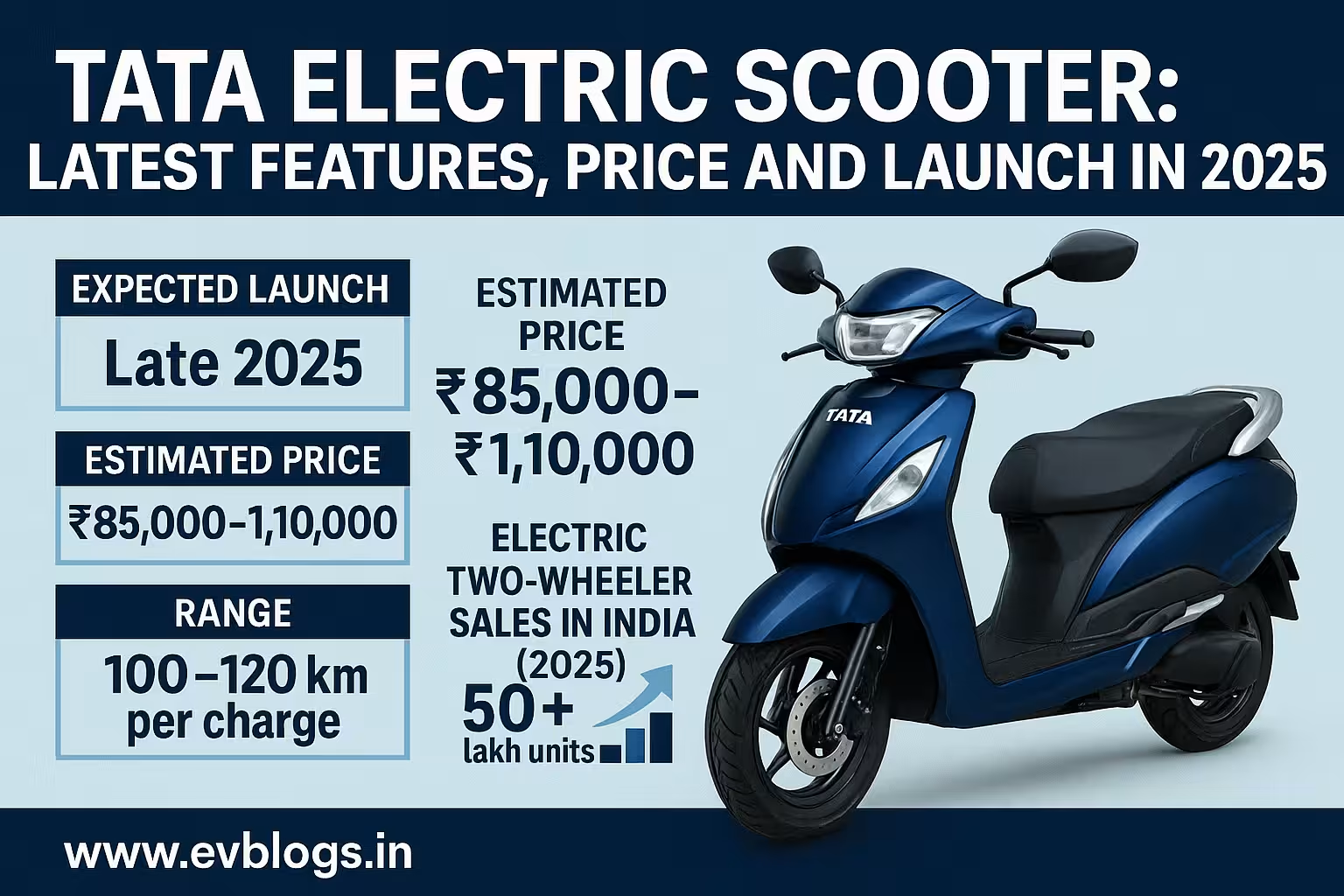Hedhvick Hirav
Hedhvick Hirav is a dedicated EV researcher and editor with over 4 years of experience in India’s growing electric vehicle ecosystem. Their contributions have been recognized in leading sustainability publications and automotive journals.
Summarize & analyze this article with
Choose an AI assistant and open this article directly:
Tip: if the AI doesn’t fetch the page automatically, paste the article URL manually.
Electric Vehicle Battery Charging Time Calculator: The Definitive 2025 Guide
Introduction The Accusation of the Revolution
Electric vehicles (EVs) are rapidly transforming the way India and the world commute. More individuals are now turning to EVs because of the government policies, increasing fuel costs, and concerns on the environment. However, there is always one question that is usually foremost in the minds of all potential purchasers; how long does it take to charge an electric vehicle?
It is here that an Electric Vehicle Battery Charging Time Calculator will play a pivotal role. Knowing how long you can charge your vehicle is not so much a question of convenience, but of planning how you spend your day, how you take your trips, and even how much you have to spend. A detailed guide to all the information you should know about these calculators, their level of application in the real world, functionality, and what you can do with them to become a smarter EV-owner there in 2025.
What is Electric Vehicle Battery Charging Time Calculator?
An Electric Vehicle Battery Charging Time Calculator is a digital tool—typically a web or app-based utility—that estimates how long it will take to fully charge your EV battery from a given state of charge (SoC), based on specific parameters like battery capacity, charger type, charging power output, and current battery level.
What is so Important About Charging Time?
- Trip Planning: Assists you to make long drives confidently.
- On a Daily Basis: Streamlines overnight or workplace charging.
- Cost Management: Allows juxtaposition of both the home and the public chargers.
- Battery Health: Displays speed at which a device should charge to save its battery life.
The way EV charging works-Key Facts
Basic Factors That Affect Time of Charging
| Factor | Description |
|---|---|
| Battery Capacity | In kWh the more kWh the higher the time that takes to fully charge the battery. |
| Charger Output Power | Charger output power is measured as kW; the higher, the faster the charger. |
| Current State of Charge (SoC) | The battery’s present charge level (%); charging from 20% takes less time than from 0%. |
| Vehicle Acceptance Rate | The input limit of the vehicle to accept the power; charger output may be set yet limited by the Vehicle Acceptance Rate. |
| Ambient Conditions | Being exposed to extreme heat or cold may delay the charging rates. |
Main Types of Chargers in India (2025)
| Charger Type | Output Power (kW) | Typical Use Case | Approximate Full Charge Time |
|---|---|---|---|
| Level 1 (AC) | 2-3 | Home socket | 10-20 hours |
| Level 2 (AC) | 7-22 | Home/professional | 4-8 hours |
| DC Fast Charger | 30–150+ | Different depending on the size of the vehicle battery. |
What Do charging time calculators Do?
This equation is applied by the typical calculator:
Charging Time (hours) = (Battery Capacity x [Final SoC – Initial SoC]) / Effective Charger Power
Where:
- Capacity of battery = Sum total of energy storage in kWh.
- Initial SoC = Initial per cent of charge.
- Final SoC = Targeted percentage of charge (usually up to 80–100%).
- Effective Charger Power = Lower than the value of charger out port & car uptake rate.
In most calculators you can enter:
- The model of your car or the size of battery.
- Starting- and target charge percentages.
- Type Of charger or power rating.
In some advanced calculators one also considers:
- Temperature /ambient conditions.
- Wear of battery.
- Practical power wastage.
What Type of People are to Use an EV Charging Time Calculator?
Who can use it?
People who want to purchase an EV in the future
Compare whether it is worth buying an EV by predicting how long it will take to charge at home or at a public station.The existing EV Owners
Precompute journeys, better utilize everyday charging and even test the efficiency of various chargers.Fleet Operators and business
Plot turnaround time of various vehicles and efficiently plan operations.EV Infrastructure Planners
Place estimates of user demand at new public stations based on the typical dwell times.
Advantages of Charging Time Calculator Application
For Individuals
- Informed Decision-Making: pick the suitable amount of vehicle or charger that fits in own requirements.
- Time Management: Be prepared and know how long you are going to take by either doing a top-up.
- Cost Optimization: learn how slow charging and fast charging affect the electricity bills.
For Businesses & Fleets
- Operational Effectiveness: The vehicles should be scheduled to experience minimum off- schedule time.
- Customer Transparency: Share truthful data with the customer in the public chargers or dealerships.
Transformation in terms of Policy Formation making & Plans
- A More Highly Rational Infrastructure Planning: Expect a rush at fast-charging points at rush hours.
Step-by-step on how to use an Electric Vehicle battery charger time calculator
To ease up, we can take a case scenario:
Determine the size of your vehicles battery.
Check manufacturer specs (e.g., Tata Nexon EV: ~40 kWh).Select the Best Charger Type
What is home AC charger? DC fast charger in the streets? Note rated power (e.g., AC: 7 kW; DC: 50 kW).Enter An Amount of money in battery
E.g, using 20 percent SoC.Browse through charge-point providers and pick the target energy level.
e.g., up to 80% of fastest possible session with maintaining health of battery.Run Calculation
The majority of calculators will also give immediate results and where appropriate a breakdown by stage.
Example Table
| Parameter | Value |
|---|---|
| Battery capacity | 40 kWh |
| Start SoC | 20 % |
| Target SoC | 80(percent) |
| Power of Charger | 7 kW |
| Charging Needed | 24 kWh |
| Time Required | ≈ 3.43 hours (~3 hrs, 26 min) |
Comparison between Manual Calculator and Online Calculators
Manual Calculation
Pros:
Transparent process.
Cons:A nuisance in making those quick comparisons; does not take into account real world inefficiencies easily.
Online Calculators
Pros:
- User friendly, fast interfaces.
- Others combine data in the real world to enhance accuracy.
Cons:
- Dependable results are as accurate as the data that are entered; others do not take into account such variables as temperature or cable loss.
Reputed online calculators Indian sites provide:
- PlugShare
- The tools of Tata Motors official site
- An application of e-scooters Ather Energy
- Independent platform such as ZapMap or ChargeGrid
Nevertheless, you should never use third-party tools as the sole option without consulting the recommendations of your vehicle manufacturer first.
Professional opinions: The things affecting the real charging time
We consulted industry professionals and looked through technical research done in the latest years to point out which factors can influence the real amount of time it takes to charge differently than the averages suggested by calculators:
Tapered Curves of charge
Electric vehicles must slow down charging when battery is nearly full, to preserve battery life; final percent or so may require as long as initial half-hour.Ambient Temperature
Chemical reactions within batteries can also be slowed by hot weather or cold weather, adding to total time required, and especially in older batteries which have no thermal management systems.Load sharing of Chargers
At busy public stations with multiple cars plugged into one unit, available power may be dynamically split among users, extending each session’s duration.Cable Quality and Cables losses
There may be some additional losses in longer cables, or low grade connectors that are not included in simple calculations.Battery age/Degradation
Mature batteries can sustain reduced charge rates as the internal resistance build up with time.
Advice of professionals:
Whenever tripping it is always prudent to add a buffer to the theoretical calculations to a margin of about +10-15 minutes–unless you are using chargers you are unfamiliar with or in extreme weather conditions.
Hacks of Quick & Effective Charging
Charge between 20-80 percent where possible
This range provides ideal tradeoff between responsiveness and battery life with rates of faster initial charging as well as reduced heating up at full capacity.Precondition Battery Your
To get best speeds during extreme temperatures it is important to pre-warm/cool the battery before plugging in; if your car supports presently.Keep track of updates of software
Manufacturers often release firmware updates that improve maximum accepted charging rates or efficiency—ensure your vehicle is up-to-date!Choose Home Home Chargers In Preference to Socket
Level 2 charger professionally installed tends to be safer and often far quicker than typical wall plugs owing to separate circuit facilities and support of higher amperage.Travelling can use Trusted Public Networks
Good condition stations offer steady output unlike informal arrangements of hotels/restaurants etc.
Frequently Asked Questions (FAQ)
Q1: Is it possible to charge the electric car with any charger?
A: No; you should use only the chargers with the connector type, and the maximum acceptance rate of your car according to the manufacturer instructions to be safe and at the optimum transport speed.
Q2: Is fast charging bad on my EV battery?
A: Frequent use of high-power DC fast chargers may slightly accelerate long-term degradation compared to slow AC home charging—but modern batteries are engineered for regular DC sessions within recommended limits (~20–80%).
Q3: Why is my car more slowly charged when it reaches ~ 80?
A: To prevent overheating and extend lifespan, most vehicles automatically reduce speed above ~80% SoC—a process called “tapering.” It’s normal behavior designed by manufacturers.
Q4: are online calculators accurate?
A: These provide good estimations but do not necessarily take into mind all the real world conditions like temperature fluctuation or cable losses always give yourself a padding of time when tripping.
Q5: What is “state of charge” (SoC)?
A: State of Charge refers to how full your battery currently is (%), similar to a smartphone’s remaining battery indicator.
Takeaway & Action Oriented outline
An Electric Vehicle Battery Charging Time Calculator is an essential tool—empowering individuals, fleet operators, and infrastructure planners alike with data-driven insights into daily operations, travel plans, cost optimization, and overall user experience enhancement in India’s fast-evolving e-mobility landscape of 2025 and beyond.
Some of the major things you can do at this stage:
- You should save at least 1 reliable online calculator depending on your EV type.
- Regularly monitor both your vehicle software updates and local public charger networks’ expansion plans.
- Learn how to charge your phone in an optimal manner: not only quickly but to preserve the battery in the long run so you can get all the worth of your investment.
- Applying these calculators with thoughtful decisions coupled with practical advice, one can have easier rides that will also contribute to a sustainable future in India.
Sources
- Guidelines on FAME India Scheme – Ministry of Heavy Industries
- Tata Motors Official Site – Nexon EV Specifications
- Global EV Outlook 2020 – International Energy Agency
- PlugShare – Search Electric Vehicle Chargers
- Ather Energy – Guide on Efficient Charging of Scooter
- Autocar India – How Fast Can You Really Charge Your EV?




